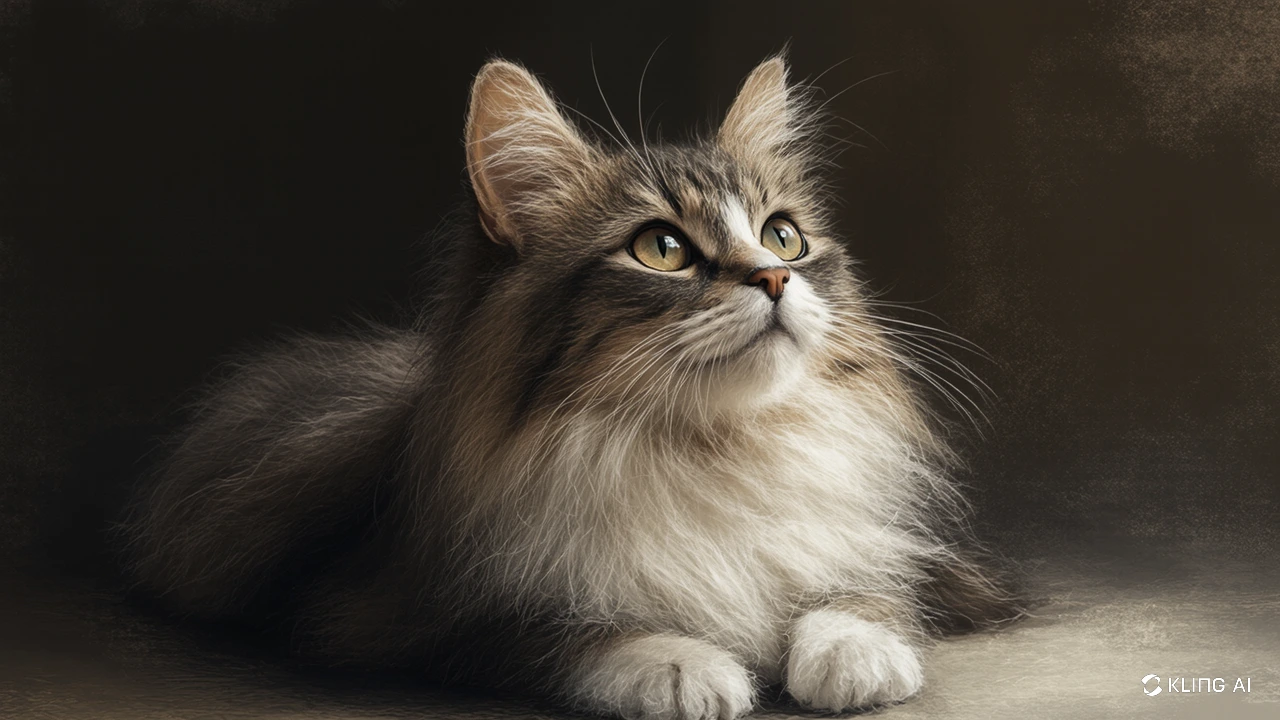How to Draw a Cat: Simple Step-by-Step Drawing Tutorial

🐱 How to Draw a Cat – A Complete Guide to Feline Drawing for 2025
Drawing cats is one of the most satisfying challenges in animal illustration. With their elegant forms, dynamic movement, and expressive eyes, felines offer the perfect balance between structure and style. Whether you're aiming for a cute kitten sketch or a hyper-realistic portrait, this professional 2025 tutorial walks you through everything from anatomical accuracy to fur detailing.
Let’s break down the modern techniques used by professional illustrators, concept artists, and animators for drawing cats that are full of life, movement, and character.
🦴 Section 1: Feline Skeletal Foundation – Proportions & Construction
Before the fur, the form. Every great cat drawing begins with a solid anatomical base.
📐 Key Feline Proportions:
Head-to-body ratio:
Adult cats: 1:3
Kittens: 1:2 (larger heads for cuteness)
Leg length = same as body depth
Tail length = roughly the same as body length
🧱 Construction Method (3D Forms):
Sphere for head
Oval/ribcage and pelvic circle
Flexible cylinder for the spine
Boxy joints for knees, shoulders
Line of action for pose fluidity
Pro Tip: Sketch with a blue pencil or separate layer to differentiate skeletal base from final linework.
🐾 Section 2: Cat Head & Face Anatomy – Getting the Look Right
A cat's face expresses personality, species, and mood. Accuracy matters.
🎯 Feature Placement:
Eyes: One eye-width apart
Nose & mouth: Form a downward-pointing equilateral triangle
Ears: Outer edges line up with cheekbones, not just the top of the head
🐈 Breed & Species Variations:
Domestic short-hair: Balanced proportions, oval eyes
Persian/flat-faced: Eyes lower on face, short snout
Big cats (e.g., lion, tiger): Larger skull mass, broader jaw, squared muzzle
🧶 Section 3: Mastering Professional Fur Drawing Techniques
Fur is one of the trickiest yet most rewarding aspects of cat art. Get the texture right, and your drawing will leap off the page.
🔄 Directional Fur Flow Mapping:
Radiates from nose and whisker pads
Swirls around shoulders and hips
Changes direction at spine and belly line
🖌 Advanced Fur Rendering:
Undercoat: Softer, denser strokes
Guard hairs: Longer, more directional
Seasonal coat changes: Bulkier in winter, sleeker in summer
Wet fur: Clumps with exposed skin areas, especially under neck and paws
🐈⬛ Section 4: Dynamic Movement & Pose Studies
Cats are agile and fluid. Drawing them in motion requires understanding their natural movement patterns.
🔁 Action Pose Tips:
Pounce: Hind legs coiled, front legs extended
Landing: Tail counterbalances, limbs splayed
Grooming: Spine forms a dramatic C-curve
⚖️ Weight & Balance:
Sitting pose: 60% of weight on hindquarters
Walking gait: Diagonal leg movement, tail adjusts for stability
Use slow-motion cat videos for accurate timing and posture study
👁️ Section 5: Expressive Details – Eyes, Whiskers, and Personality
The devil—and the emotion—is in the details.
👀 Eye Realism:
Tapetum lucidum effect: Subtle glimmer to mimic night vision
Pupil size = mood indicator
Narrow = alert/aggressive
Dilated = playful or fearful
🧭 Whisker Physics:
Each whisker has a specific root point
Curves outward from muzzle with movement
Curves upward in curiosity, downward in calmness
Avoid drawing them randomly—they follow anatomical logic
💻 Section 6: Digital Cat Drawing Workflow & Tools
For digital artists, efficiency and texture go hand in hand.
🧱 Layer Strategy:
Construction Sketch (2H equivalent)
Clean Lineart
Base Color Flats
Fur Directional Shading
Edge Highlights & Final Touches
🎨 Digital Brush Tips:
Use fur-specific custom brushes with taper control
Overlay paper textures for depth
Use alpha lock or clipping masks for safe detailing
Blend fur with soft round + hair strand combo brushes
Recommended Software: Clip Studio Paint, Procreate, Photoshop, or Rebelle 6 (for watercolor fur effect)
🧠 Bonus: Training Your Eye for Feline Art
Create a cat species reference sheet
Study muscle maps from veterinary or 3D anatomy tools
Practice gesture drawing with 30s–2min cat poses
Follow wildlife photographers or zoo sketchers for rare poses
🎯 Final Thoughts – Become a Feline Drawing Master
From cute cartoon kittens to majestic tigers, drawing cats is a fantastic way to improve your understanding of anatomy, texture, and dynamic movement. Whether you’re sketching with pencil or rendering in digital tools, the key to great cat art lies in observation, structure, and emotion.
So grab your stylus or sketchpad—and bring your feline illustrations to life with elegance, accuracy, and purr-sonality!